Why does dill turn red and what to do?
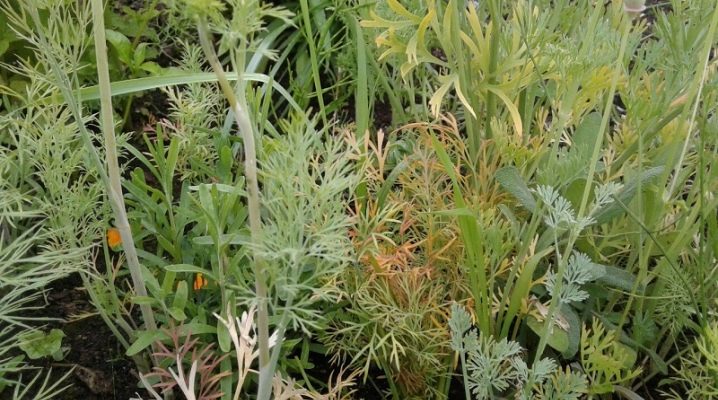
Sometimes the leaves of unpretentious dill begin to turn red in the beds, or rather, get a pinkish-brown color. This unpleasant symptom portends the early drying of plants. There are many reasons for this phenomenon, and, as practice shows, it is quite possible to fight this.
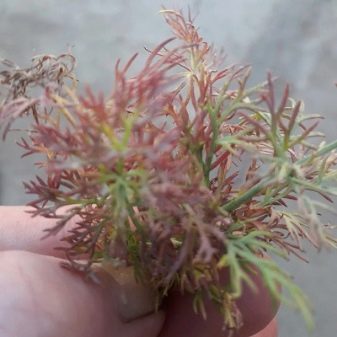
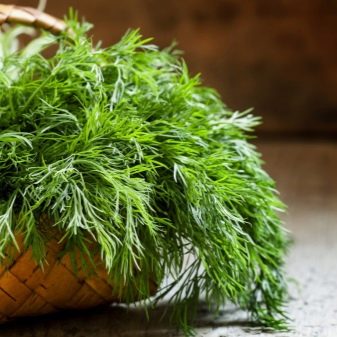
Poor conditions and missed landing
High-yielding, bush varieties of dill blush more often, since it is they that are grown in separate beds. For such varieties, strict adherence to agrotechnical rules is necessary, errors in which, among many other reasons, are fraught with the appearance of pinkish-brown stains on the leaves. For the competent cultivation of dill bushes, it is important to take into account several conditions regarding the choice of a planting site and crop care.
- This culture is light-loving, and many newcomers to the gardening business, knowing this, tend to plant it in sunny places. However, in fact, under direct scorching rays, the leaf blades of plants begin to shrink and change color. Planting dill bushes in shaded places, in the shade of other plants, often stimulates the appearance of damage to the culture by diseases or pests, which leads to the appearance of brownish spots on the plants. Taking this into account, the optimal places for planting dill are illuminated beds, where light partial shade will be observed at noon.
- The condition and structure of the soil where the crop is planted also affects the pigmentation of the plants. The foliage of dill planted in places with poor soil also changes its color to brownish. Here, the deficiency of nitrogenous, phosphorus and potassium compounds has an extremely negative effect on the development of culture. Additional and frequent feeding of the bushes will be needed, but the consequence of this will be the accumulation of nitrates in them.
- Another possible factor related to the topic under discussion is the degree of soil acidification. The fact is that this culture shows excellent germination, but poor development precisely on acidified soils. Fresh leaf blades form extremely slowly, and the leaves that appear turn brown or get lilac shades. Bushes of culture turn brown also on alkaline soils.
- A significant cause of reddening of the leaves is also the thickening of the plantings. Taking into account the unimportant germination of seeds, they try to plant them more often. Therefore, when sprouts appear, we recommend thinning them out, leaving a distance of 3-5 cm between them. Otherwise, they will obscure each other, preventing effective ventilation.
The leaves of plants also begin to change their color during a cold snap, during periods of heavy and prolonged precipitation, or, conversely, during heat.

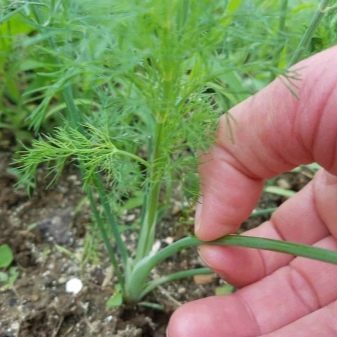
Improper care
Errors and non-observance of proper rules of agricultural care of the crop also lead to the appearance of "red" leaves. The reason for the browning of the leaves and their further drying out may well be the violation of the irrigation regime of the crop. A condition for the effective cultivation of dill is strict moderation of watering, excluding the processes of waterlogging or drying out of the soil. In this sense, not only the quantitative parameters of irrigation are relevant, but also the qualitative ones. The temperature of the water for irrigation should be as close as possible to the temperature of the soil in the beds.
Cool liquid contributes to a change in the color of the leaves, especially during hot seasons, when the temperature difference is especially pronounced. In addition, excessive irrigation contributes to the abnormal development of plant roots and stimulates the appearance of diseases of a fungal nature. It often happens that, having noticed reddish bushes, gardeners immediately increase the volume of irrigation, thereby aggravating the current situation. Undoubtedly, the beds should be moist, but not heavy and swampy. There are rules here:
- irrigation is carried out only with warm liquid;
- typical irrigation regime - 3 times every 7 days;
- at high temperatures, abundant irrigation is carried out daily;
- when watering, nutrient additives are diluted in water;
- in the rainy summer, the beds are systematically loosened.
The actual reason for the change in the color of the leaves of the culture is lack of fertilizers... In these cases, the plants begin to wilt and dry out. With proper care of the beds, in compliance with the rules for the introduction of organic matter and mineral fertilizers, frequent additives will not have to be done (especially for early maturing species). Late-ripening species should be fed up to 2 times during the summer. Mullein or bird droppings are used as an additive.
It should be remembered here that an excessive amount of organic matter leads to a significant increase in the green mass, which results in deformation of the stems under its weight. Reddening of greenery may indicate a deficiency of phosphorus compounds in the soil.

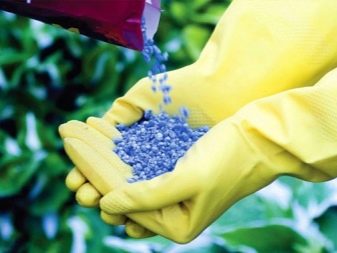
Diseases and pests
Of the many varieties of diseases of vegetable plants, a modification of the color of the leaves leads fusarium... It is rather difficult to confuse such a reddening of a culture with a fungal infection, since during a fusarium infection, the upper rosette part is covered with red, and the branches located below turn yellow. In the plants themselves, at the site of the cuts, the stems also become pinkish. However, there is no specific treatment. Usually the culture is carefully examined, and diseased bushes are removed. The rest of the bushes should be watered with a solution of manganese or "Fitosporin", and then fertilize with mineral fertilizers, which include potassium and phosphorus additives.
Redness on the dill leaves appears when they defeat aphids, foliage curls and withers. A likely sign of this may be the appearance of ants on the landings, since they consume the sweetish waste of aphids, being its main distributors. Numerous groups of aphids are located in the internodes of bushes and on the back of the leaves. If there is any suspicion of its possible attacks, 3-4 branches of the culture should be immersed in salted water. If greenish midges appear in this solution, then your suspicions were confirmed.
Folk recipes have become a common and effective way to get rid of this minor pest. Used for processing infusions of ash, hozmyl, onion husks or garlic feathers are guaranteed to give the desired effect.
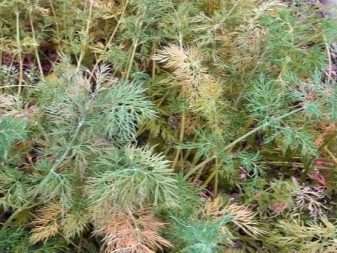

Prevention measures
You can get rid of invasions of small pests by feeding the bushes with phosphorus and potassium compounds. According to experienced gardeners, the taste and smell of such compositions effectively scares away these harmful insects. Often, for this purpose, a biological preparation "Fitoverm" is used, after its application, greens can be consumed in 2-3 days.
Common preventive measures include a number of procedures.
- The crop is not sown in the same place for the next year. They do not grow it after other umbrella plants, since they develop similar diseases and pests.
- Preparatory measures on the beds are carried out with the addition of the necessary volumes of nitrogenous and potassium-phosphorus compositions... If necessary, then carry out a qualitative reduction in the level of acidity of the soil.
- Carry out preliminary soaking of seed in manganese or Fitosporin solution.
- Necessarily carried out regular thinning of plantings.
- Held regular loosening and weeding the beds.
- Are carried out sanitary procedures for the fight against ants.
- The necessary water balance.
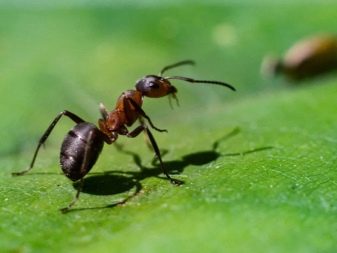
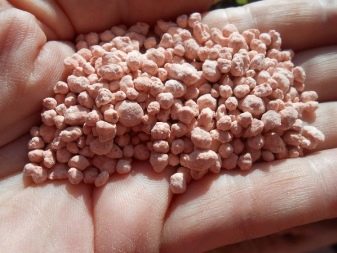
To grow a healthy and high-quality crop, you need to add nutrients to the soil and dig it up regularly. In this regard, fertilizers used in the fall are suitable.
- Humus is diluted with water in a 1: 1 ratio, the composition is used at the rate of 2 liters per 1 m2.
- Mullein is prepared in the same proportion as the previous fertilization. It is important to remember here that its excess can lead to fragility of the stems.
- A layer of rotted manure is laid on the soil, and then it is loosened. We do not recommend using fresh manure here - plants can get burned.
From folk remedies will be effective:
- soap or manganese solutions;
- landing around the culture of marigolds, scaring off harmful insects with their smell;
- nettle infusions.
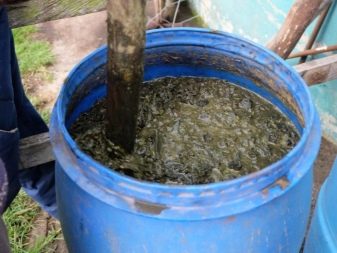
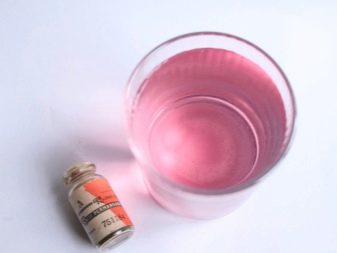













The comment was sent successfully.